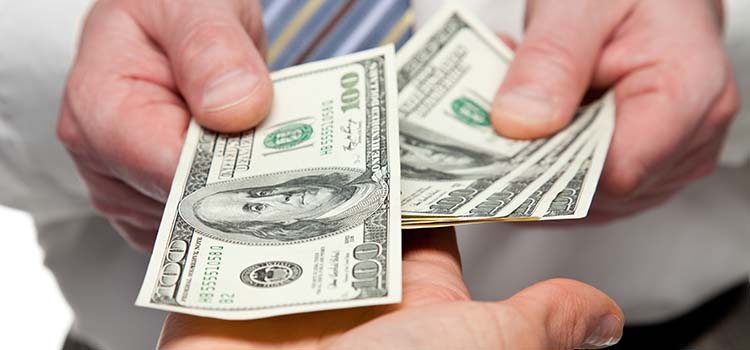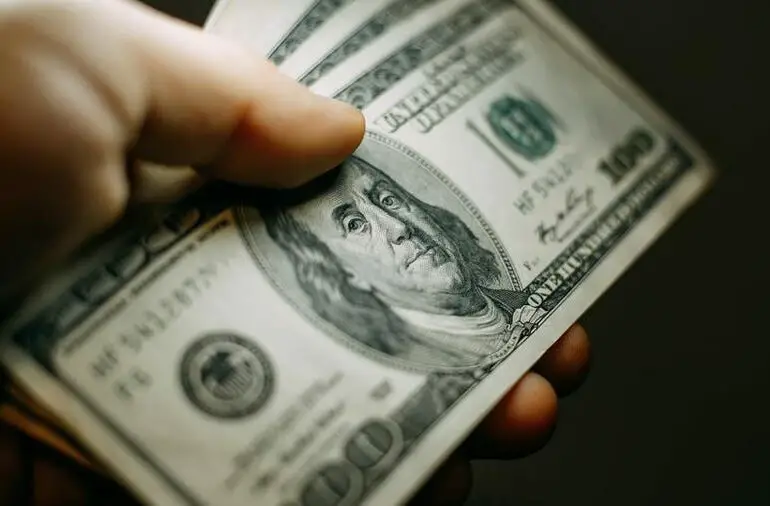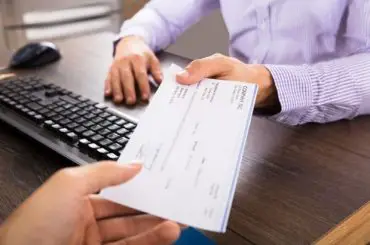Information presented on this web page is intended for informational and educational purposes only and is not meant to be taken as legal, financial, investment or tax advice. We do not accept any responsibility for any trading or investment related losses. Please review our disclaimer on before taking action based upon anything you read or see.
Complying with the legal stipulations is a good way to avoid penalties, fees, and other penalties. When writing a check for a claim, auto insurance companies frequently write checks to two different entities. You may have got a check created for you and the the vehicle’s lienholder if you have an unpaid loan against the vehicle. When people notice a new “two-party” insurance check, they frequently have questions. Thus, we have written this article to show you how to cash insurance checks with lienholders.
Furthermore, there are some requirements for cashing a check of this type, and those who fail to follow them risk facing financial and legal consequences. This article will go over the processes, explain why the check has multiple names, and outline the policies and practices you should be aware of.
Remember that every state may have its own set of laws governing car insurance, which may impact insurance providers.
What is the Significance of my Insurance Check Addressing both me and my lienholder?

To begin, be aware that insurers frequently include your lienholder’s name on the check, plus your own. Because you have a financial stake in the car and it doesn’t have full payment yet, the insurance company has a legal duty to encompass both of you.
It’s a possibility that your insurer put your lienholder’s name on the check even though your vehicle has completely got full payment.
A lien is formed against your vehicle if you still owe money on a loan. If you do not make payments on your car, the lender has the right to repossess it and sell it. The insurance company will split the check you received between you and the lienholder who financed the vehicle, which is the reason the check will contain the details of both of you.
There are concerns about who must authorize the check, who will receive the funds, and what will happen if you don’t need repairs, among other things.
What is the Best Way to Pay an Insurance Check with a Lienholder?

You may not be able to access funds from an auto insurance claim check made out to you and your car loan provider on your own. The check will almost certainly need to be approved by both you and your lender. This is quite valid because it contains both of your names.
The check can be cashed and used to pay off your car loan once it has been sent to your lender and received the necessary signatures. What if the check was for a fix instead of a loan repayment? This is where things can start to take a long time. You’ll have to get the lienholder (or, if it’s a lease, the leaseholder) to sign the check, which could take weeks if done by mail.
Following the correct procedures is an important part of the procedure.
The check will have your name on it, as well as the name of the insurance company you’re using. One of the most frequently asked questions is whether or not the check requires to be endorsed, and if so, who should endorse it.
There are several ways to write a two-party check. Both names will show up on the check’s “pay to the order of” section, but the wording between the two names on the check can be crucial.
For example, if the word “and” appears on the check, you must present it for payment jointly with the lienholder’s delegate. You’ll also need to present a valid government ID for both of you.
If the word “or” appears between the two names, only one of you will be required to sign the check. If there is no qualifier on the line, you should be fine signing it yourself. The absence of the word “and” does not imply that both parties must sign the check.
How to Cash Insurance Checks with Lienholder: Steps to Use

The steps for cashing an insurance check with a lienholder are as follows:
- Send the check to the lienholder.
- Fix the vehicle if necessary.
- When the repairs are complete, take your car to a dealership and have a representative inspect and sign off on the work.
- Send the lienholder the dealer’s statement, the repair bill, and photos.
- Wait for the lienholder to review your documents, sign the check, and return it to you by mail.
- When you collect the check, cash it and pay the repair shop.
Frequently Asked Questions
Is it okay if I take the check to the mechanic right away?
If you’ve received a check from an insurer, your automobile has almost probably been damaged. One alternative is to take the check to the shop where your car is being repaired. While some firms may refuse third-party cheques issued in this way, many others may accept them as repayment.
Keep in mind that any monies left over after repairs must be sent to the lienholder on the vehicle. You won’t be able to withdraw a $1,000 check and obtain $300 reimbursed from the car dealership if the fixes only cost $700.
When cashing an insurance check with a lienholder, who gets the money?
Whether the word “and” our “or” appears on the check, assuming that both parties signed it, the check can go into either payee’s account. However, if you try to cash the check and it says “and,” you will likely run into problems. It will be necessary to obtain your lienholder’s signature.
You can also hand over the check to them and request that the lender write a separate check for the repair costs. If any funds remain from the claim, they will most likely put them into the settlement of your loan balance.
Is it possible to cash an insurance check without having to deal with a lienholder?
If you have a loan on your car, your claim check may be split between you and your lienholder, especially if your vehicle was a total loss after evaluation. This is because you do not fully own your vehicle; you and your lender jointly own it.
This means it’s unlikely you’ll be able to persuade your insurance company to make a claim check payable solely to you. Paying off your vehicle and removing the lienholder from your policy is the best way to ensure that a claim check is not for both you and the lienholder.
Can I deposit an insurance payment made out to me and my lienholder if I do not want the repairs?
Yes. Because you have submitted an automobile claim for damages, it is not essential to get your automobile fixed. Some individuals spend their coverage funds while traveling around in a squished automobile.
The problem is that if you have foreclosures on your car, you won’t be able to retain the money. You’ll have to hand over the whole insurance payout to your lienholder.
That cheque will then be used by the lienholder to reduce the total amount owing on the loan. If the check amount is more than what you owe, the lienholder will absorb the discrepancy, discharge the lien, and issue a check for the balance.
You can’t go, rogue, while you’re in this situation. The monies indicated by the cheque are legally your lienholder’s property. You might face harsh criminal or civil legal ramifications if you attempt to cut them out on your own.
Is it possible to cash the check and use the money immediately?
This is an extremely significant question. Though you may technically be able to go down to your bank and cash that check bearing your name and the lien-name holder’s on the front, this is a risky proposition.
If you cash the check and start spending the money, you may face civil and criminal penalties. While you have several options if you find yourself in this situation, cashing the check and fleeing with the money is unquestionably the worst.
Is it possible to cash a check from an insurance company without an endorsement?
No. You can’t cash the check until it has authorization from someone or a group that holds a portion of the property. This is because they have a significant financial stake in the property and need to know that the insurance payout will cover it.
Conclusion
In conclusion, people nowadays frequently finance automobiles. People also frequently take out second loans on cars that have already got off payment. People who receive car insurance payouts may face legal issues due to the arguably predatory title loan system and the original auto finance industry.
For example, if you total your car, you will discover that your insurance company did not simply cut you a check for the damage. Rather, they print your lien-name holders on the front of the check. Because of the lienholder interest in your vehicle, the insurance company had a legal obligation to do so.
If you get one of these checks, you must proceed with extreme caution. To that end, the section above on how to cash an insurance check with a lienholder will be extremely useful.




